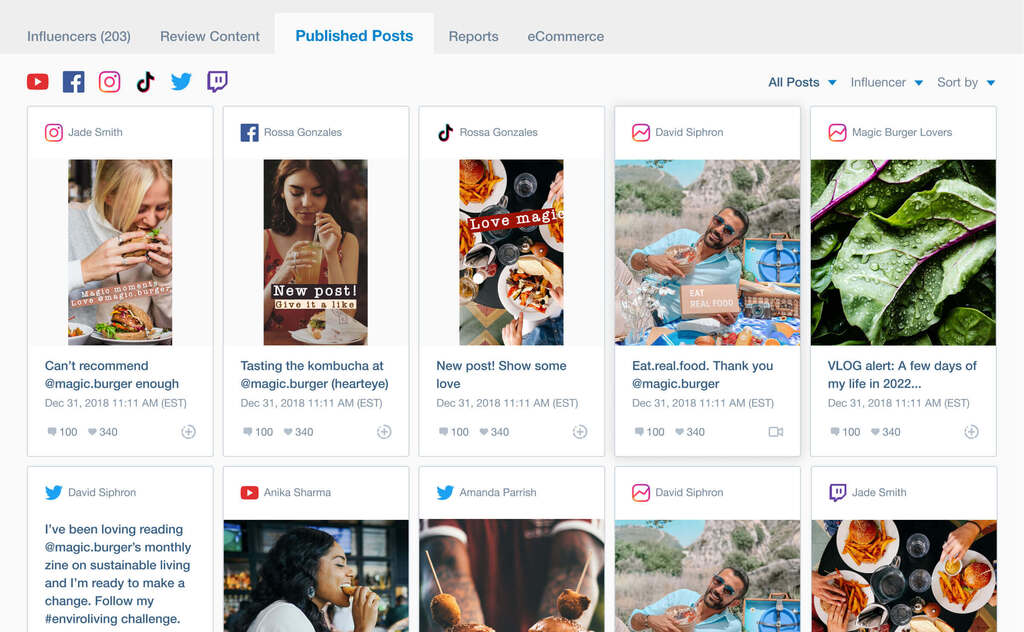Do you remember the festival that never happened and which shook the influencer marketing field?
In 2017 big celebrities promoted the event to their fans and hundreds of enthusiastic music fans traveled to the Bahamas only to experience one of the most awful festival experiences in history. The Fyre Festival became famous not only for the fraud but the celebrities promoting the festival.
It damaged the trustworthiness of influencer collaborations, especially with big names. Brands became more careful with their collaborations and they discovered the benefits of smaller influencers, the micro-influencers.
Authenticity and trust are key to win new customers and one benefit of micro-influencers is that they are seen as trustworthy. With micro-influencers you can reach people in a more authentic way. Social Media is becoming a more and more difficult place to cut through the noise and ads are often seen as untrustworthy and annoying. In 2022 27% of Americans on the internet are using ad blockers compared to only 15.7 % in 2014.
Influencer marketing is a way for brands to reach their target audiences and capture their attention. Influencer marketing is not a new invention, but this discipline has changed since its inception. In the early days, influencer marketing was associated with celebrity endorsements. Since then, the field of influencer marketing has become a lot more sophisticated, and there are now a lot of players in the influencer field.
The field of influencer marketing is enormous. 93% of marketers say influencer marketing is part of their overall marketing strategy, and more than half collaborate with influencers regularly. According to Influencer Marketing Hub, the influencer marketing market will grow to a whopping 16.4 billion U.S. dollars a year (in 2016, it was only 1.7 billion U.S. dollars). And 52% of Gen Z say they seek advice from an influencer before making a purchase decision. It is therefore a fair assumption that collaborating with influencers can be important if you want to reach a younger audience.
Which influencers should you choose for your marketing campaigns? I’m here to tell you that ‘the bigger the better’ isn’t necessarily true when it comes to influencers. Bigger is not always better. In fact, influencers with a smaller follower base operating in a niche have a higher engagement rate than big influencers. These micro-influencers can boost your marketing campaign and can become a trusted ally.

